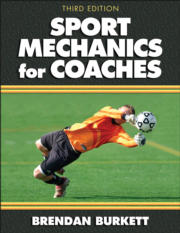- Jul 11, 2012
- 23
- 5
I have tumbling lessons on spring floor and I almost have my tuck. But at cheer (where its just mats o concrete) I feel like I don't have enough power to throw it. Any advice? Workouts? Exercises? Anything! Tryouts are in 1 month.

